Solid-state batteries: the future of electric vehicles?
For electric vehicles to truly capture the public’s imagination – and wallets – charging certainty and speed is necessary. Enter the solid-state battery.

Electric vehicles are a lot like mobile phones: they’re sleek and futuristic, you need to plug them into a wall to make them work, and they’re going to do to internal combustion-engined cars what smart phones did to landlines … and libraries.
Anyone who’s ever reached the end of a long day on the phone only to realise that their battery is almost flat and they still have 98 emails to read will be familiar with what EV owners call “range anxiety”. Unlike petrol stations, electric vehicle charging points are not yet widely distributed and the fear you’re going to run out of juice before you get to one can be very real.
Fortunately, car companies and battery manufacturers have all felt this anxiety as well, plus the more commercial concern that it might stop people from buying their products. And to that end a power of work is being done to improve battery technology and give electric vehicles a more petrol engine-like range between recharges. Reducing the amount of time it takes to charge an EV is also a major goal, because at present a full recharge can take hours, rather than a few minutes at a service station.
The future, it appears, is something called “solid-state” batteries.
Solid-state batteries use an electrolyte made of a solid material, such as ceramics or solid polymers, rather than the liquid or polymer gels that are commonly found in lithium-ion or lithium polymer batteries (think of the ones you’d find in your laptop, except much, much bigger in the case of a car), and are being hailed as the answer to the problems associated with EVs.
The benefits of solid-state batteries are numerous: they have a higher energy density, are less sensitive to extreme temperatures, and they’re far smaller and lighter than lithium-ion batteries.

The upshot is that EVs equipped with solid-state batteries will eventually be capable of driving as far as 1000 kilometres on a single charge, with the charge time to replenish a fully depleted battery about 10 minutes. This is like buying a phone that will charge in three seconds and then last you two weeks.
Solid-state batteries also last longer, and deteriorate more slowly, than traditional EV batteries.
THE NEW GREEN ECONOMY
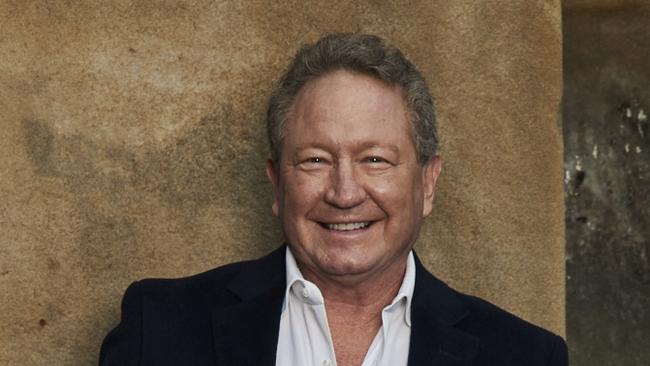
Twiggy’s green ambition put to the test
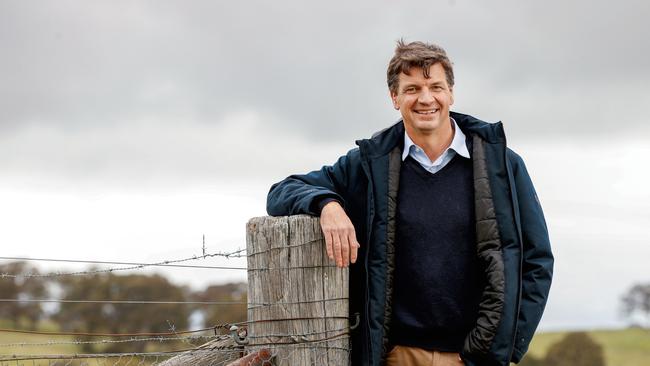
‘Cats can be herded if there’s a clear goal’: Angus Taylor

‘It’s our responsibility to be the adults’: Wikramanayake gets real

Is nature really at the centre of the ‘green dream’?
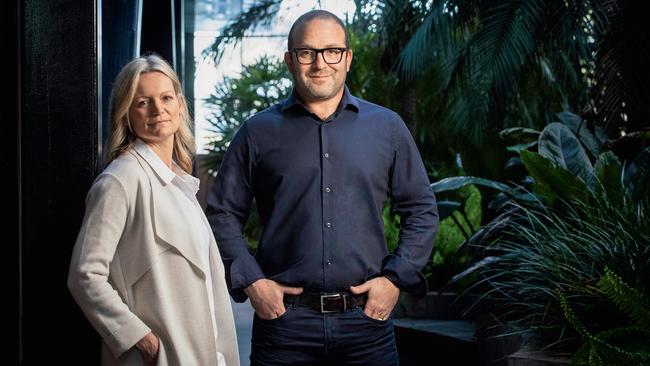
Rich-listers embrace climate shift

Why climate change is a business opportunity

Rugby great takes climate fight to Canberra
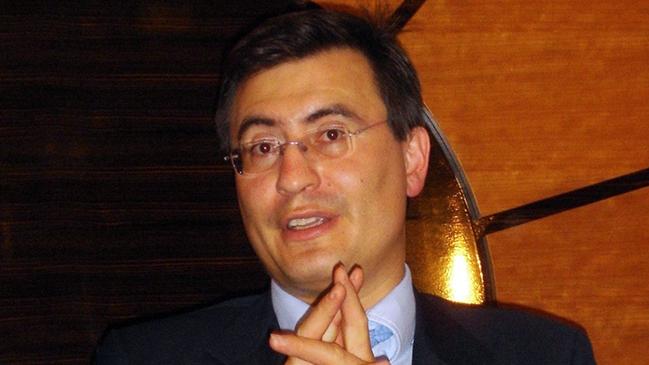
Billionaire piles pressure on big Aussie polluters
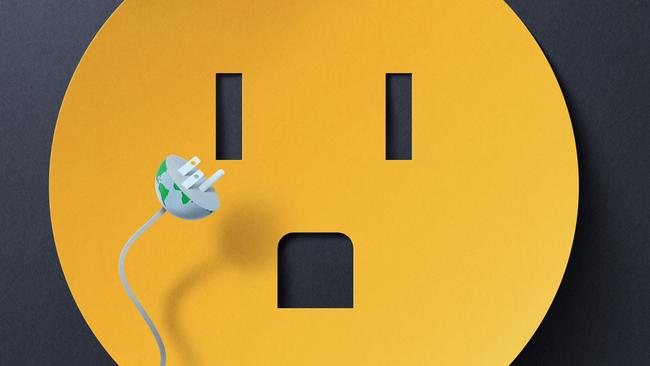
Could your car power your house one day?
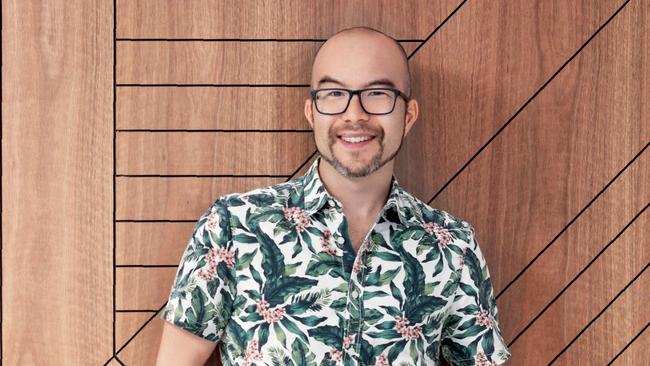
Cameron Adams on being a DJ loving climate warrior

The Australian names to know in sustainable food and wine

Alan Finkel: ‘Technology is enabled by government’

Climate solution may lie beneath our feet

Is this the cure for electric vehicle range anxiety?
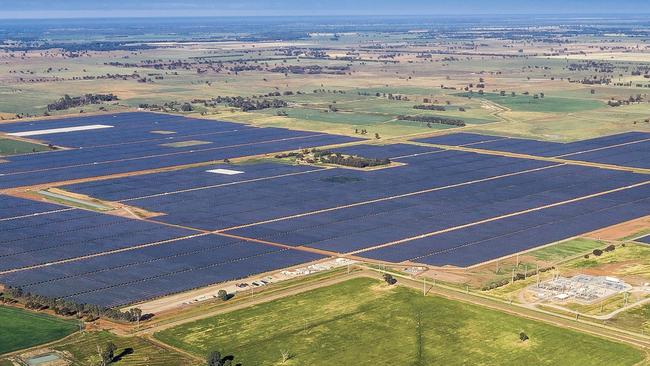
Solar plan set to shine
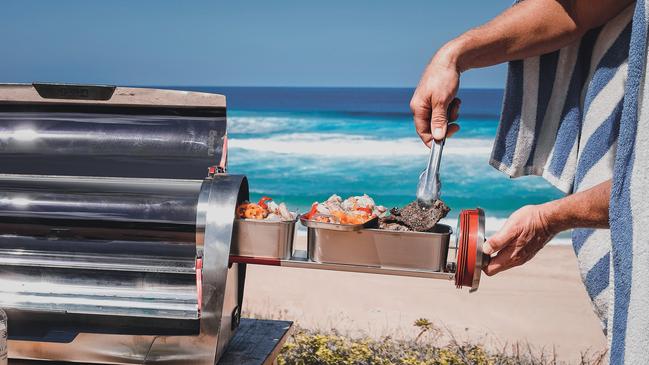
Six boundary-pushing tech innovations

Can an office be sexy … and sustainable?

The Australian denim brand leading the charge
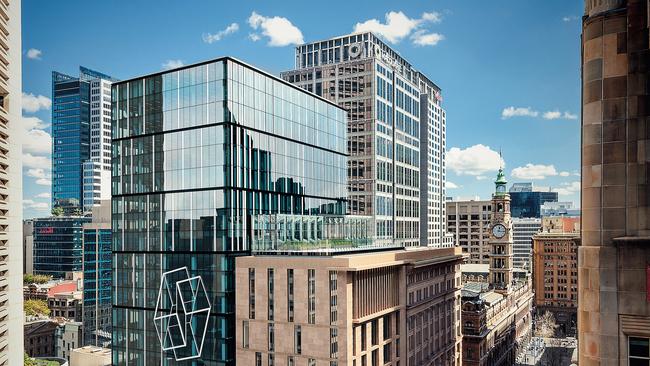
Sky’s the limit: Inside Australia’s greenest buildings

Living sustainably is harder than it looks

Skincare brands put planet before profit
A swath of pioneering skincare brands are setting new low-impact benchmarks in the process.
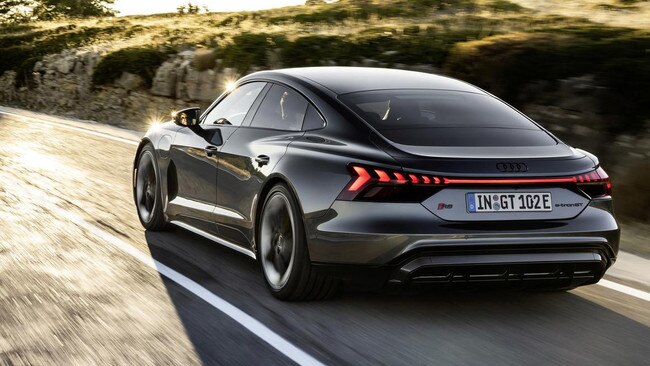
Solid-state batteries ‘will secure EVs’ future’

The fashion innovators to know in 2022
Unsurprisingly, a number of car manufacturers have invested big money into solid-state technology, with the hopes that it will be a game charger for the EV market.
UK car manufacturing giant Jaguar Land Rover is getting in on the action with the imposingly titled Project Granite, which aims to develop cost-effective solid-state batteries for future EVs from the company.
Toyota, the world’s biggest car company, has teamed up with Honda, Nissan and battery manufacturers Panasonic and GS Yuasa to form The Consortium for Lithium-Ion Battery Technology and Evaluation Centre (known as Libtec), which has invested a whopping US$13.6 billion ($18.9 billion) in battery research and development. Libtec is currently testing an LQ Concept EV prototype using a solid-state battery, with plans to release hybrid electric vehicles (which come with a battery and a traditional engine) equipped with solid-state batteries within the next few years, before they roll out fully electric vehicles after that.
Toyota claims its solid-state batteries will offer double the range of a standard lithium-ion units, retain a huge 90 per cent of performance after 30 years, and charge from empty to full in 10 minutes.
See the full list of green power players here
Volvo is one brand committed to an EV future, aiming for an entirely electric range in its showrooms by 2030. The Swedish brand is set to launch its second-generation EVs in the near future, with a third generation to debut by 2025, and is trying to improve the energy density of its batteries by about 50 per cent in that time. Mercedes-Benz has invested a “high double-digit million-dollar amount” into US-based solid-state battery specialist Factorial Energy, according to Markus Schäfer, member of the board of management of Daimler AG and Mercedes-Benz AG.
“We will also play a leading role in the field of battery technology,” he said in a recent company announcement. “With Factorial as our new partner, we are taking research and development in the field of promising solid-state batteries to the next level ... With this cooperation, we combine Mercedes-Benz’s expertise in battery development and vehicle integration with the comprehensive know-how of our partner Factorial in the field of solid-state batteries.
“We share the common vision of CO2 neutrality. The continuous development of innovative battery technologies will make electric mobility even more attractive for our customers.”
While it can sound as though car companies have come over all concerned about being green and eco-friendly, this is very much a change being forced upon them by governments across the world. The UK, for one, has announced it will make the sale of new petrol or diesel-engined cars illegal by 2030.
Mercedes-Benz has detailed a widespread rollout of solid-state batteries in coming years. Other companies devoted to research and development have also sprung up, each of them betting on solid-state usurping the lithium-ions that now dominate the EV market.
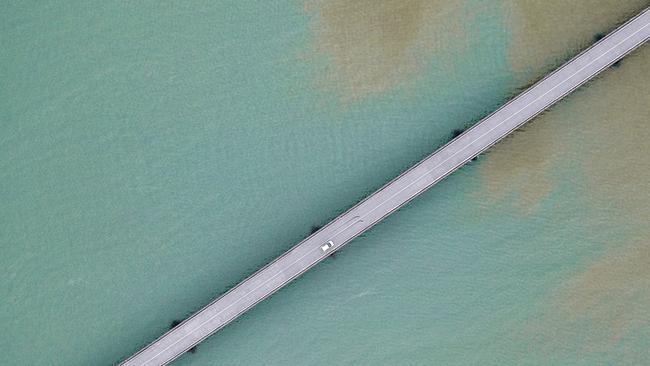
Volkswagen is the biggest shareholder in US solid-state researchers QuantumScape, after investing $140 million in the company in 2018 (it received a further $1.39 billion in investments in 2020, with Volkswagen again contributing, along with Bill Gates). Volkswagen hopes to introduce solid-state batteries into its EVs by 2024, predicting they will offer about 30 per cent more range, and charge to 80 per cent in 12 minutes.
EV solid-state battery technology start-up Solid Power, a competitor of QuantumScape in which BMW and Ford Motor have invested, recently merged with Decarbonization Plus Acquisition Corp III, allowing it to become a publicly listed company, as well gain access to $697 million in new capital.
It claims its solid-state batteries will offer 50 per cent more energy density than current lithium-ion units, with Ford setting a target to cut battery costs by 40 per cent by mid-decade with the help of solid-state tech.
-
“This is like buying a phone that will charge in three seconds and then last you two weeks.”
— Solid Power
-
Cutting the cost of battery technology is vital to fixing another prominent bugbear with EVs – their high prices. While it’s commonplace to find pacemakers and wearable devices such as smart watches powered by solid-state batteries, there are some challenges involved in mass production for the global EV market.
Solid-state batteries currently cannot be produced at automotive scale; their fabrication cost is eight times that of a standard lithium-ion battery. South Korea’s Hyundai Motor Company has said it will mass-produce solid-state batteries by 2030, and Nissan also says that by 2028 it will launch an EV with “proprietary all-solid-state batteries” – but not everyone is on board.
Tesla, the world’s biggest EV brand, has not disclosed its solid-state intentions, with former Tesla engineer Gene Berdichevsky on the record as saying the technology was a “false hope”. Tesla has its own, predictably top-secret, plans to improve battery tech.
With two-thirds of global passenger car sales expected to be EVs by 2040 (Australia will no doubt lag behind on this, as it does at present), according to BloombergNEF, the demand for new battery technology will be high, with solid-state batteries expected to go into mass production within the next five to seven years.
——————————————————————————————————
Hydrogen hero
Is the most abundant element in the universe the future of motoring? Running your car entirely on sunlight seems like an attractive and economical idea, but what if you don’t have a roof big enough for solar panels, and your inner-city apartment address makes installing a charger implausible? Or what if you just don’t like to wait, and the prospect of the relatively long charging times for an electric vehicle makes you restless?
The good news is there is another technology in the wings that relies on something even more bounteous than sunshine: the most common element in the universe, hydrogen.
Hydrogen cars — or Fuel Cell Electric Vehicles (FCEV), to give them their full nerdy name – have been around since the 1960s, and while they’ve never exactly demanded your attention, there are plenty of experts who believe they are the future of motoring.
Hydrogen cars can be filled up using something that looks a lot like a standard fuel pump, and takes just a few minutes to do so. They use liquid hydrogen in an onboard power station to turn hydrogen and oxygen into electricity as you drive, which then powers electric motors to turn the wheels, just like a normal electric vehicle.
Another benefit is that, while they do have exhaust pipes – unlike EVs, which have none – the only thing that comes out of them is a few drops of water, which, if you were really thirsty (or demonstrating the technology in front of sceptical journalists) you could drink.
So far there are only two hydrogen FCEVs on the market in Australia: Hyundai’s Nexo, with a range of 666 kilometres, and Toyota’s Mirai, which can go 650 kilometres, and both are being trialled locally at present. The only problem is there are only three fuelling stations in the whole country, which is really not enough.
Australian FCEV startup H2X Global will begin deliveries of its hydrogen-powered Warrego ute in April this year, at an alarming price of $189,000, but the good news it that more major players are about to get in on the act, with the most exciting of those being a hydrogen version of the classic Land Rover Defender, which is already being tested.
Jaguar Land Rover predicts that sales of hydrogen FCEVs will exceed 10 million by 2030, with more than 10,000 refuelling stations worldwide.

The good news for Australia is that we could become a major exporter of this future fuel, with the green hydrogen market tipped to be worth $3.5 trillion by 2050, according to Intercontinental Energy and CWP Global. The CSIRO also predicts that the potential demand for imported hydrogen in China, Japan, South Korea and Singapore could reach $9.5 billion by 2030.
Goldman Sachs believes even those estimates are conservative and says green hydrogen could be supplying one quarter of the world’s entire energy needs by 2050, estimating it will become a $14 trillion market.
Scott Nargar, co-founder and director of the Australian Hydrogen Council, is convinced that the revolution is coming.
“There’s no doubt that we could become the Saudi Arabia of hydrogen,” Nargar says.
“The advantage that Australia has – as well as our natural benefits of space, sun and wind – is that we are close neighbours of Asia, and we’re politically stable.
“There’s been a lot of talk about Australia’s hydrogen future in the past, but now there’s a lot of hard money being invested, not only in Western Australia but places such as Bell Bay in Tasmania and across Queensland.”
Nargar believes EVs will become the dominant form of vehicle for inner-city living, but when it comes to longer-distance travel, and larger vehicles – everything from the SUVs to trucks used for freight – hydrogen will be the answer.
“Fuelling time and range are the big advantages for hydrogen – you can take a lot more weight, and take it a lot further, basically,” he explains.
“With an electric truck or bus, it’s going to be 10 or 12 minutes to fill up with hydrogen and they’ll get up to 1000 kilometres off that, while an electric truck or bus is going to have to stop for 1.5 hours each time and only go 300 to 400 kilometres until it has to stop again.
“It’s a similar story with a big SUV. You’re just going to be better off with hydrogen.”

To join the conversation, please log in. Don't have an account? Register
Join the conversation, you are commenting as Logout